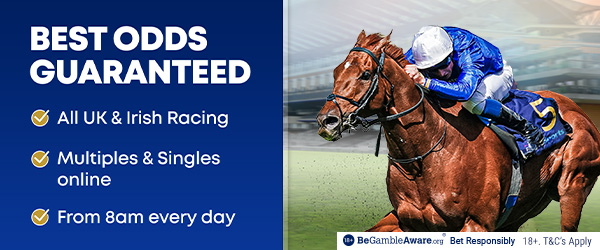 |
RacingBetter News |
| Tursday 25th March 2021 | |
Racinos – Horse Racetracks and Casino/Slots-Style Gambling – Friends or Foes?
Even if horse racing and playing casino games have similar demographics, the two have some noticeable differences. However, there’s a thing that brings these two even closer - racinos - or in other words, a blend of racetracks and casinos. Let’s dive a little deeper into the subject and explore the relationship between racetrack and casino gaming.
Racing and Betting
We all know that betting and gambling dates way back then we could ever imagine. But did you know that horse racing is one of the oldest sports? It is said to be dating from 600 B.C in Greece. And it is still one of the most popular sport, especially when betting is involved. Many horse tracks allow spectators to place bets and ley down their predictions, and it is usually in the form of pari-mutuel wagering. This betting system was introduced by Frenchman in 1865, had its debut in New York in 1871, and was established as the horse racing standard in 1908 during Kentucky Derby. This type of horse race betting is legalized in 42 US states, and it is also one of the most popular types of race wagering.
A step forward in developing and expanding horse race betting was made when off-track betting was first legalized in New York in 1970. Venues that offer OTB offer tracks simulcasts, making this betting on horse races much more accessible and convenient for many wagerers. Another significant step forward was the emerging of inter-track wagering - these are defined as race simulcasts from one track to another.
While the two types of betting were introduced to the US in the 70s, they became popular in the UK almost a decade earlier in the 60s. Conveniently enough, there were 14,388 betting shops opened in Britain by 1963. Nowadays, a high percentage of legal horse race wagering happens off-track in the UK. On the other hand, the US managed to have 87% of the wagers on horse races placed off-track by 2003.
And these numbers vary from one country to another. For example, Canada has less developed off-track betting; 95% of racing bets in Puerto Rico are off-track, while France is probably the group leader.
From Zero Point to Industry on the Rise
Once OTB and ITW were incorporated into the horse racing and betting industry, the industry quickly got back on its feet. The period from 1989 to 2003 wasn’t that good for this industry. The number of races in the US was down by 27.8%. Pari-mutuel betting was on the rise due to the introduction of off-track wagering. Nowadays, OTB and ITW present an excellent opportunity for racetracks to stay in the game, survive and even make money.
Off-track betting options can be tricky for this industry as ITW gives more betting opportunities by bringing races from various locations, which makes visiting the track obligatory. Traditional racetracks are also getting a share from OTB and ITW revenue. But, OTB can reduce the live racing demand, which is the bad side of this type of wagering.
Besides, with legalized off-track betting, the number of pari-mutuel bets has decreased. At the same time, without off-track betting, pari-mutuel wagers would cost more.
Casino Gaming VS Horse Track Betting
The changes to the industry that happened due to the introduction of OTB and ITW were massive. Online and land-based casinos are on the rise, and great competition for the horse race betting industry. The availability of slots, new online casinos in 2021, lottery and cruise ship casinos are a challenge since they present a great substitute for racetracks.
This competitive landscape led some toward creating complementary forms of industry income. This is how Racinos were made. Many racetracks sought the right to offer casino games and slots in addition to pari-mutuel betting. The racetrack operator could offer more complimentary services to customers and affect the client retention rate.
Obstacles in the Process
The Racinos hybrid model is not that all perfect for implementation. Mainly due to the uncertainty concerning the legal permits. One of the main factors for this is the rise of the antigambling citizenry in different US states who consider harshly judge the morality of such activity. There are thirty US states with gambling legislative debates - and 14 of them are about racinos.
In addition, the role of an individual or bettor is huge in the implementation of popular casino games to racetracks. Wagerers become the determinants of whether this is a suitable substitute for casinos or an excellent addition to racetracks. After all, it is all about them and their supportive view on the matter.
Conclusion
In the end, there are many pros and cons to offering casino games at racetracks. And even is casinos were once viewed only as competition, this has changed drastically over time. Two gambling types can complement each other, and launching the hybrid Racinos will probably be the best option for both industries.







